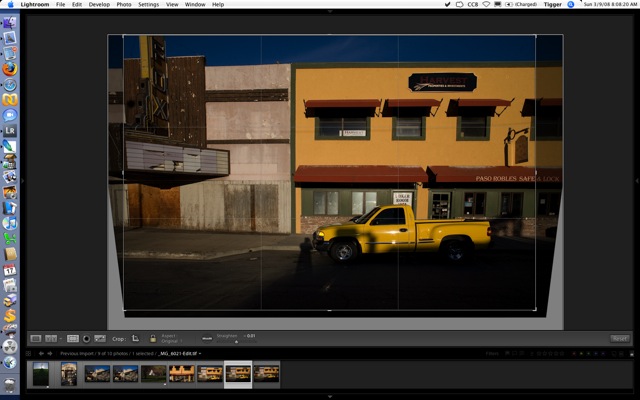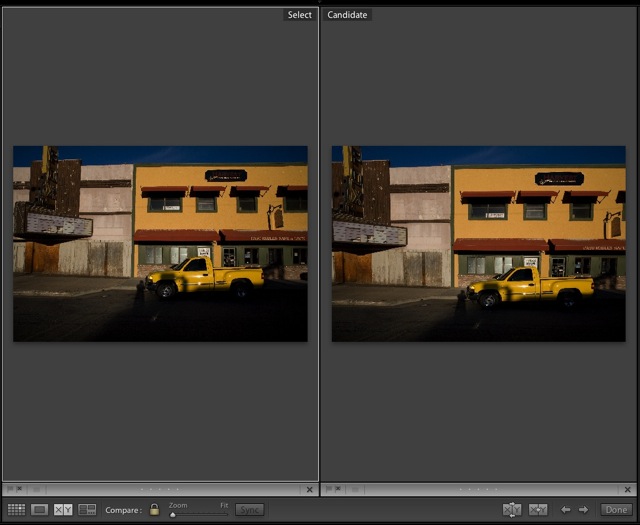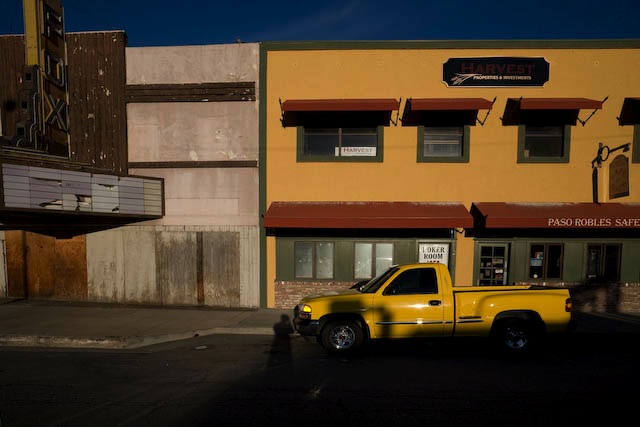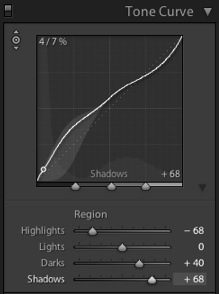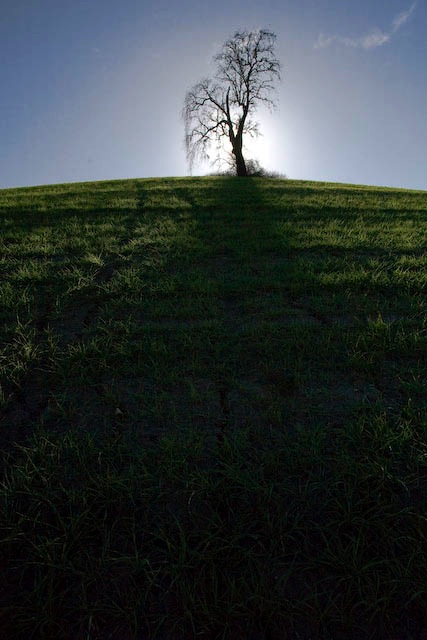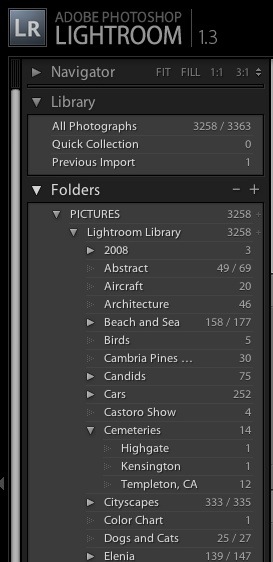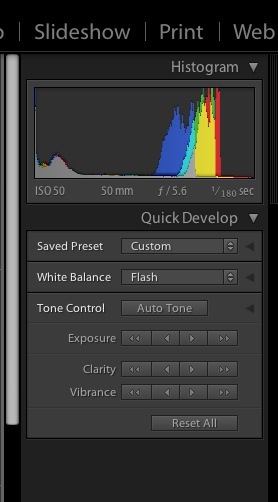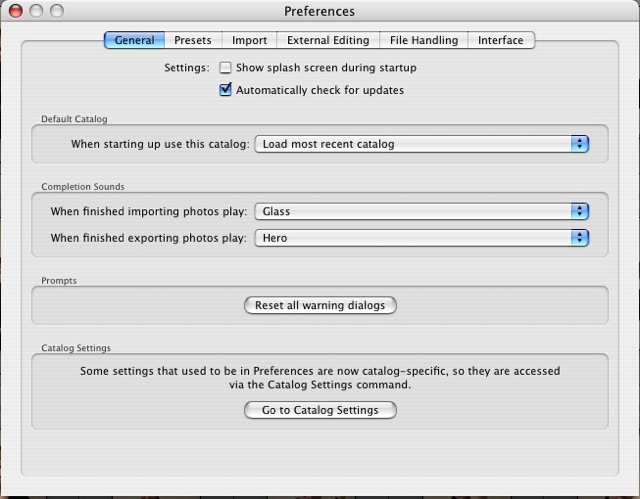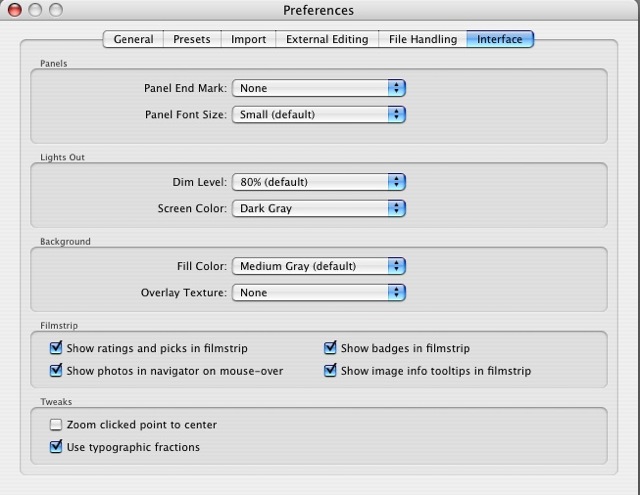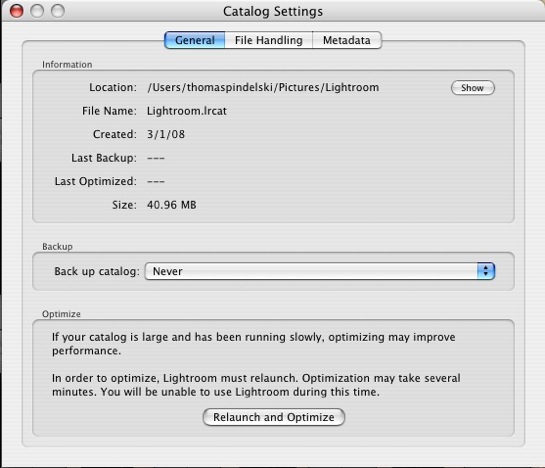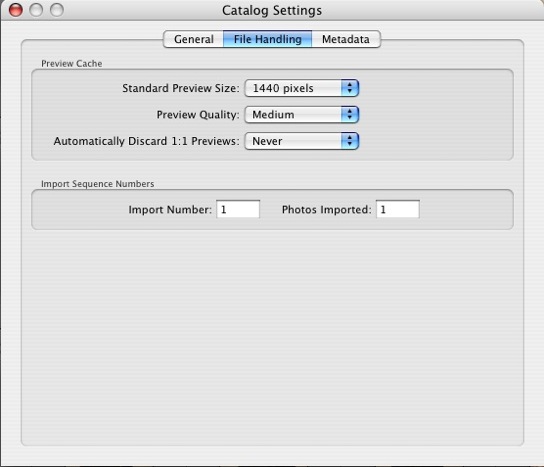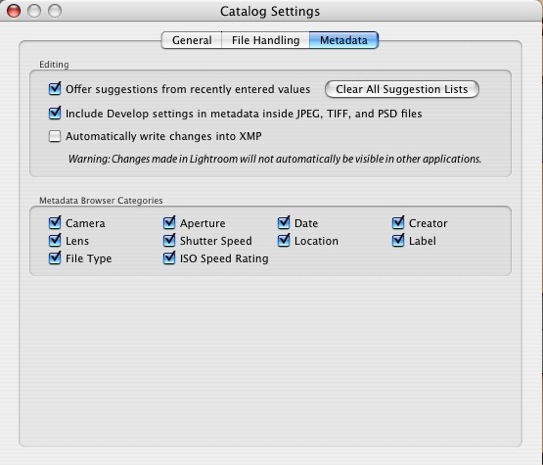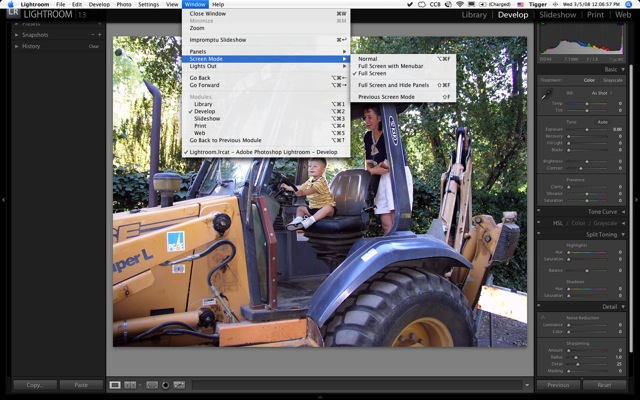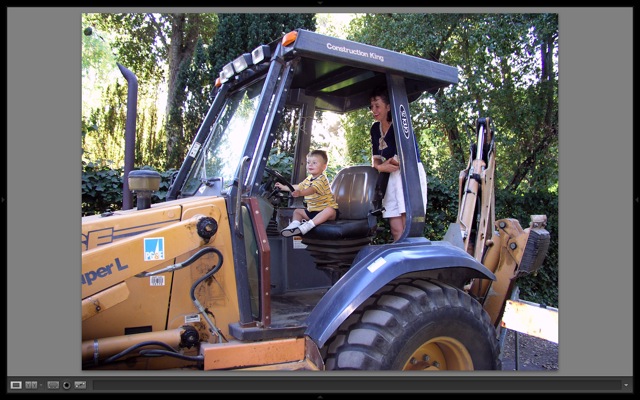iCal to the fore!
I explained – and quantified – why the arithmetic of extended warranties on consumer gee-gaws made it a slam dunk for the writers of the insurance and a losing proposition for the buyers here. So photographers should know when the warranty expires on their latest camera or lens.
Machines fail when very new or very old/very used. No secret there. Look at light bulbs. Cars. Cameras.
Which brings me to tracking warranties.
As I have recently written, my trust in Apple quality control has been severely shaken over the past year when my new MacBook, Extreme router and wireless keyboard all broke down during the (measly) one year warranty period. In each case I had to scratch around to determine whether the first year of ownership had passed. Apple is a key photographic tool vendor for this user.
Then it struck me. Might as well use Apple’s own tools to track their failures and warranties, so now any time I buy a new toy, the warranty expiration date goes right into iCal with an email reminder to me. And if I do want to check, I simply search iCal for the name of the gadget.
So, Toshiba, I’m not about to forget about the three year warranty on that new hard drive. No way.
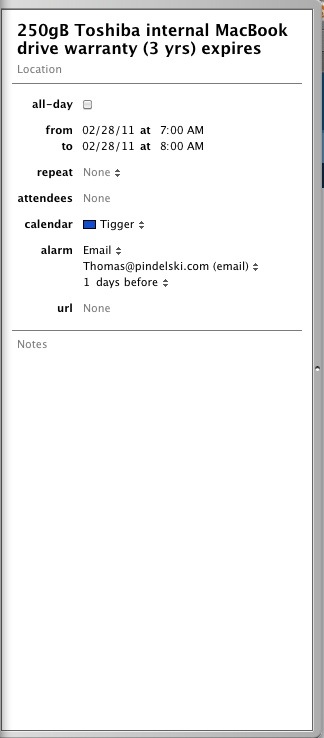
To make matters easy, all the receipts go in a three ring binder in chronological order. Easy.
And if I do want to check if something fails, or find the date of the invoice for a warranty claim, I simply search iCal for the name of the gadget – Apple-F in iCal.

So watch out, Apple, Toshiba, Canon, Panasonic, big screen TV maker, et al. You are being watched. Though, in fairness to all but Apple in that list, these manufacturers’ products have been failure free.
There is one far more important reason however, and it is a life saver.
This technique has saved half my net worth on more occasions than I can name. Now that I no longer have a secretary charged with reminding me of these things. To be safe, I put in vital dates twice, with two week and one day reminders. Who said computers don’t save you money?
